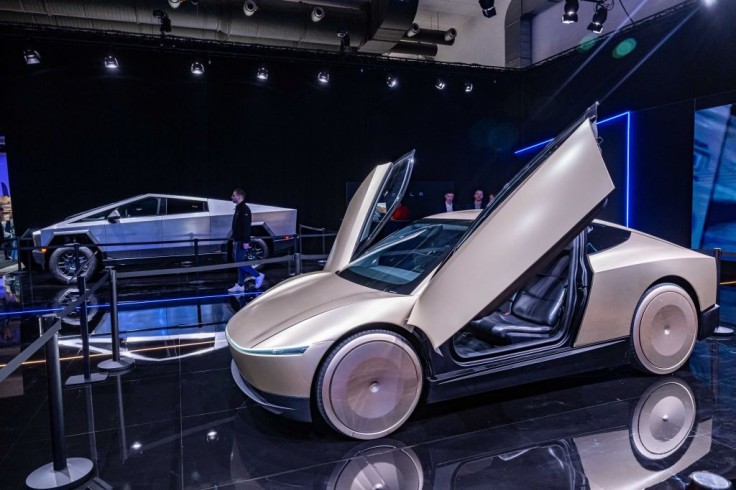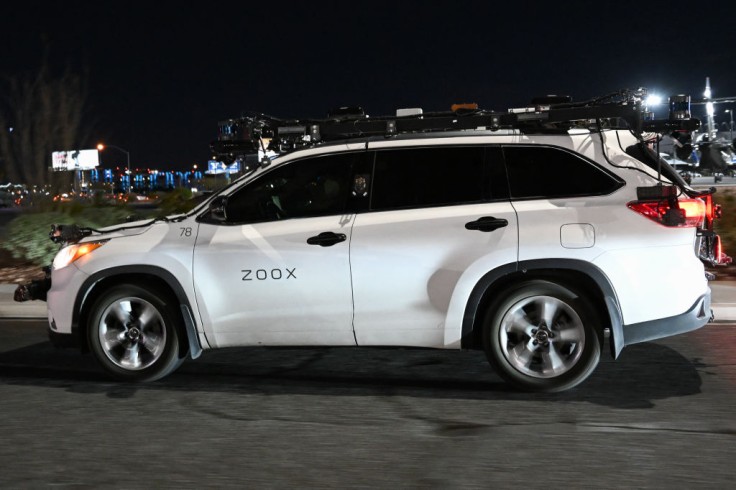
Waymo, Tesla, and Zoox are emerging as key competitors in the robotaxi market, each with a distinct approach to technology, fleet design, and development strategy. As driverless ride services expand across US cities, these companies could shape the future of autonomous transportation in varying ways.
Waymo Robotaxi Safety
Waymo, a pioneer in the market since 2009, has been operating commercial, driverless robotaxis in Phoenix, San Francisco, Los Angeles, Atlanta, and Austin. The company has averaged over 250,000 paid trips weekly since its start. Waymo vehicles combine lidar, radar, cameras, and high-definition maps, a multimodal setup credited with collision rates far below human drivers in recent studies. Nationally, Waymo plans to expand into Miami and Washington, DC, and internationally, to Tokyo.
Since launching its fully driverless service, Waymo has logged over 7 million miles across its coverage area. Analysis of these miles showed an 85% reduction in injury-involved crashes and a 57% drop in police reported crashes compared to human drivers. More recent studies over 56.7 million miles across additional cities like Austin as of January 2025 reveal even steeper declines: a 92% drop in pedestrian injuries, 82% fewer injuries among cyclists and motorcyclists, and a 96% reduction in intersection crashes.
Tesla Robotaxi Launches in Austin

Tesla's entry into the market—launched just this week in Austin—includes around 10 to 20 camera-based Model Y robotaxis, each supervised remotely or by onboard monitors. Priced at a flat $4.20 per ride, Tesla's strategy emphasizes rapid scaling and cost efficiency. However, concerns have already been raised pointing to software glitches resulting in lane and speed errors.
While some early robotaxi rides were reported as smooth, videos have surfaced documenting concerning behavior from the autonomous vehicles, including lane-cross errors (including entering oncoming lanes), speed limit exceedances, harsh or phantom braking, erratic steering, and unsafe stops. In response, the National Highway Traffic Safety Administration (NHTSA) has opened several safety investigations citing traffic violations and other alarming incidents. This scrutiny taps into Tesla's long-standing autopilot and full self-driving controversies: in late 2023, Tesla recalled nearly 2.4 million vehicles over autosteer misuse concerns after nearly 1,000 crashes, prompting regulators to question whether subsequent software updates sufficiently resolved the underlying safety issues.
Zoox Prepares for 2025 Robotaxi Rollout

Due to launch later this year, and already anticipated to become a major competitor in the market, Amazon-owned Zoox is building a distinct fleet of high-tech, purpose-built, steering-wheel-free vehicles. Its new $220,000 square foot California factory aims to produce up to 10,000 units annually. Zoox plans to begin with commercial launches in Las Vegas in 2025, followed by San Francisco and Atlanta in 2026.
Unlike Tesla, which relies heavily on cameras and software in consumer vehicles, and Waymo, which adds sensors to traditional cars, Zoox's vehicle is a bidirectional (meaning it can travel in either direction without needing to turn around), electric pod with no steering wheel or driver's seat, aiming for true autonomy without human controls. It utilizes a suite of sensors, including cameras, lidar, and radar to perceive its surroundings and navigate safely. Founded in 2014 by Tim Kentley-Klay and Jesse Levinson and acquired by Amazon in 2020 for about $1.3 billion, Zoox has faced fewer high-profile safety controversies than Tesla or Waymo and currently has no major new safety concerns reported.
All three contenders stress safety and regulatory readiness. Waymo publishes extensive safety reports and undergoes rigorous testing with real-world data. Tesla defends its reliance on fleet-scale data and over-the-air-updates. Zoox, meanwhile, underscores thorough test regimes and transparent cooperation with the NHTSA.
As Waymo, Tesla, and Zoox carve distinct niches, from sensor-rich fleets to rapid camera-based rollout to novel vehicle design, the robotaxi future remains a dynamic field of competing visions.
Originally published on Tech Times









